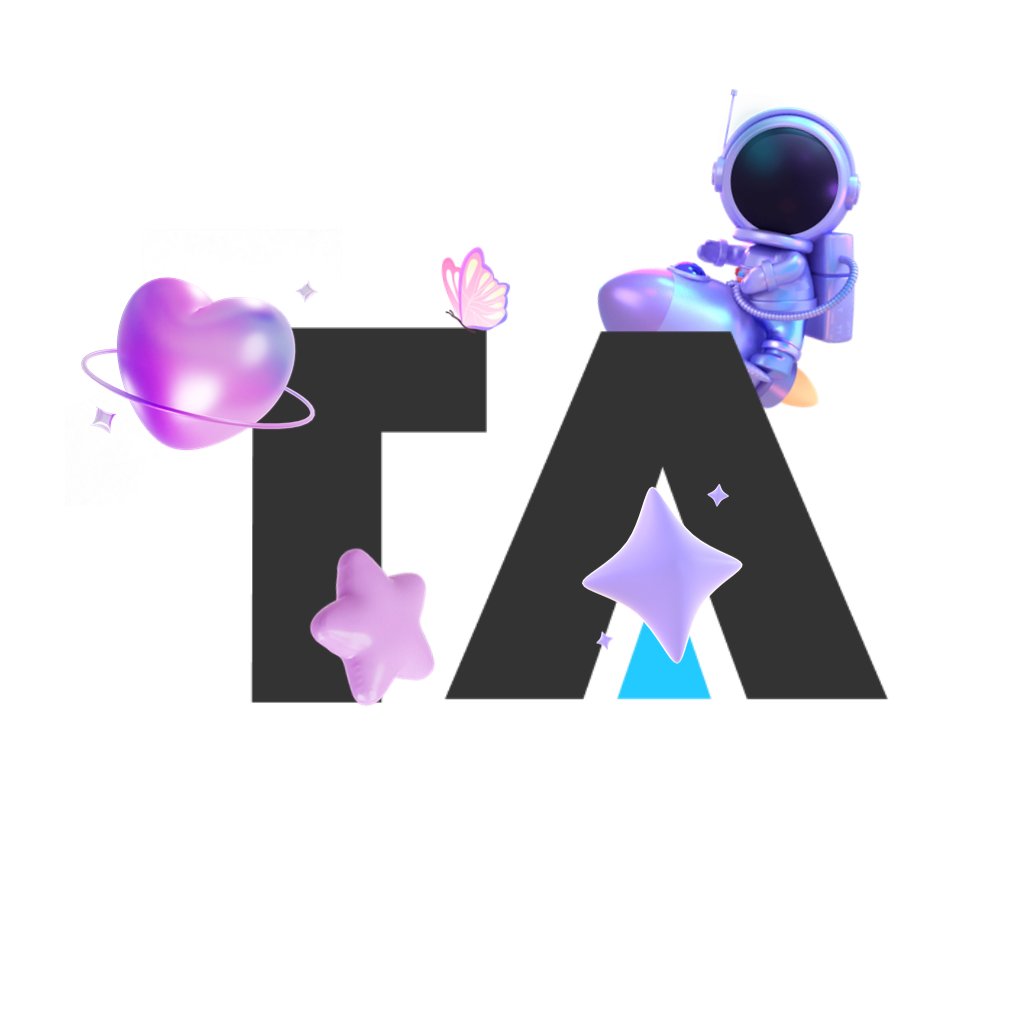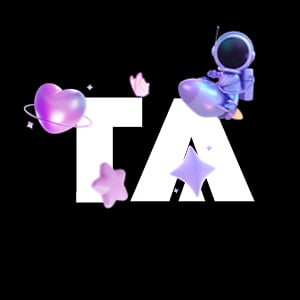In recent years, artificial intelligence (AI) technology has advanced rapidly, including in the field of image generation. One popular application of AI is generating images based on text prompts. This process, known as text-to-image generation, allows users to create digital images simply by providing a text description. This article will discuss how to create effective prompts for generating images with AI and offer tips for achieving optimal results.
What is a Prompt for Image Generation?
A prompt is a text description used to provide instructions to an AI model about the image you want to generate. AI models like DALL-E, Stable Diffusion, and MidJourney use these prompts to understand the context and details desired by the user, then generate an image that matches the description.
How to Create an Effective Prompt
Be Clear and Specific: The clearer and more specific your prompt, the more accurate the generated image will be. For example, instead of just writing "dog," you could write "a golden retriever playing in a park on a sunny afternoon with a clear sky."
Use Relevant Keywords: Include relevant keywords to help the AI model understand the essential elements of the image you want to create. These keywords can include the subject, setting, mood, colors, and style.
Describe Emotions and Atmosphere: If you want an image with a particular mood or emotion, make sure to mention it in your prompt. For instance, "a peaceful mountain landscape with a warm sunset" provides a specific atmosphere compared to just "mountains."
Include Visual Details: Visual details like colors, textures, and composition greatly assist in generating an image that matches your vision. For example, "a vintage red car with white stripes on an empty road."
Experiment with Styles and Formats: If you want an image in a specific style (e.g., cartoon, realistic, painting, etc.), be sure to mention it in your prompt. For example, "a portrait of a face in cartoon style with a colorful background."
Examples of Effective Prompts
Here are some examples of prompts you can use as inspiration:
Landscape: "A vast green valley with a river flowing through it, surrounded by distant blue mountains under a clear sky."
Portrait: "A portrait of a young woman with long red hair, wearing a blue dress, standing in front of an old brick wall with soft lighting."
Animals: "A white Persian cat sleeping on a brown couch in a living room decorated with green plants and sunlight streaming through the window."
Fantasy: "A large dragon with shimmering silver scales flying over an ancient castle atop a mountain, with a night sky full of stars in the background."
Tips for Improving Results
Provide Enough Context: Don't hesitate to give additional context in your prompt if it helps to clarify the image you want.
Use Synonyms and Variations: If the desired result isn't achieved, try using synonyms or variations of words to describe the same elements.
Experiment with Prompt Length: Sometimes, longer and more detailed prompts can generate better images, but other times, shorter and more to-the-point prompts can be more effective.
Use the Right Model: Each AI model has its strengths and weaknesses. Experiment with different models to find the one that best fits your needs.
By understanding how to create effective prompts, you can leverage AI technology to generate stunning images that match your desires. Happy experimenting!



